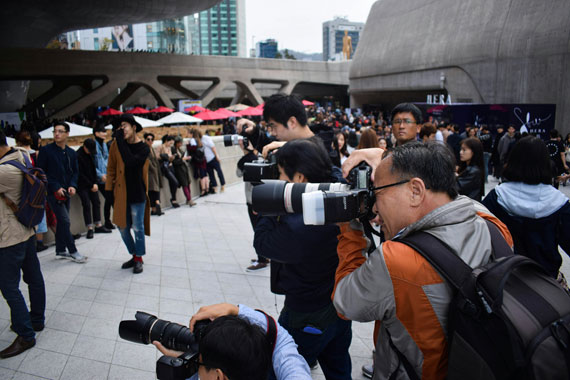In the realm of press photography, capturing moments that tell stories is paramount. However, the question of how much editing is permissible for these photographs often leads to intense debate. Press photographers operate under strict ethical guidelines that differentiate between permissible enhancements and manipulative alterations. This post delves into these nuances, shedding light on what’s allowed and what crosses the line.
Quick reminder: limited spots available for the Post-Processing Secrets Webinar

Photo captured by Tycho Atsma
Understanding the Basics
First, it’s crucial to understand that press photography aims to present an accurate and truthful representation of events. The integrity of the image is fundamental, maintaining public trust and ensuring that the narrative remains unaltered. The guiding principle is clear: any modification that changes the factual story or misleads the viewer is off-limits.
Permissible Edits
- Color Correction: Adjusting the white balance and color tones to reflect the scene more accurately is generally acceptable. These adjustments compensate for camera or lighting limitations, helping the image depict what the human eye sees.
- Cropping: Cropping is often necessary to focus the viewer’s attention on the main subject, remove distractions, or fit the media’s layout. However, it must not alter the context or meaning of the image.
- Brightness and Contrast: Adjusting brightness and contrast can help to recover details that are too dark or too bright, especially in challenging lighting conditions. Like color correction, the goal is to mirror the scene’s true appearance.
- Sharpening: Mild sharpening can be applied to enhance clarity, especially if the image is slightly soft. Over-sharpening, however, can introduce artifacts and is generally frowned upon.
Prohibited Edits
- Manipulating Content: Adding or removing elements from an image (e.g., people, objects, backgrounds) is strictly prohibited as it alters the reality the photo represents.
- Misrepresentative Filters: Applying filters or effects that dramatically change the image’s mood or perception is not allowed. Such alterations can mislead viewers, affecting their understanding of the event.
- Selective Editing: Altering specific areas of an image to highlight or downplay certain elements can bias the viewer’s perception and is therefore unacceptable.
Ethical Guidelines and Accountability
Press organizations often have their own set of detailed guidelines, adhering to broader principles set by bodies like the National Press Photographers Association (NPPA). These guidelines emphasize the importance of maintaining the authenticity and integrity of the photographic image.
Photographers found violating these ethical standards can face severe repercussions, including loss of credibility, professional censure, or even termination. In high-profile cases, unethical photo editing can lead to public outcry and legal implications.
The Role of Captioning
It’s also worth noting that the context provided by captions plays a crucial role in photojournalism. A well-written caption, in conjunction with an ethically edited photo, provides a clear and accurate narrative. Misleading captions, just like manipulated images, can distort the viewer’s understanding.
Summary
In conclusion, while press photographers have some leeway to ensure their images are clear and visually appealing, they are bound by ethical standards that prioritize truthfulness and accuracy. These standards are vital for maintaining public trust and ensuring that the visual narrative remains an authentic representation of reality. As consumers of media, understanding these boundaries helps us critically evaluate the images and appreciate the challenging work of press photographers in portraying the world with integrity.
For Further Training on Post-Processing in General:
The current educational webinar titled Six Post-Processing Secrets You Cannot Live Without offers a unique opportunity for photographers of all levels to deepen their knowledge and enhance their skills in using Lightroom and Photoshop.
By providing a blend of technical knowledge, artistic insight, and practical advice, this event aims to equip photographers with the tools and understanding necessary to bring their creative vision to life.
Limited spots available: Six Post-Processing Secrets for Photographers
- - - - - - - - - - - - - - - - - - - - - - - - - - - - - - - - - - - - - - - - - - - - - - - - - - - - - - - - - - - - - - - - - - - - - - - - - -
This post The Fine Line: Editing Ethics for Press Photographers appeared on PictureCorrect.
from PictureCorrect https://ift.tt/kixT8hG
via IFTTT







0 kommenttia:
Lähetä kommentti